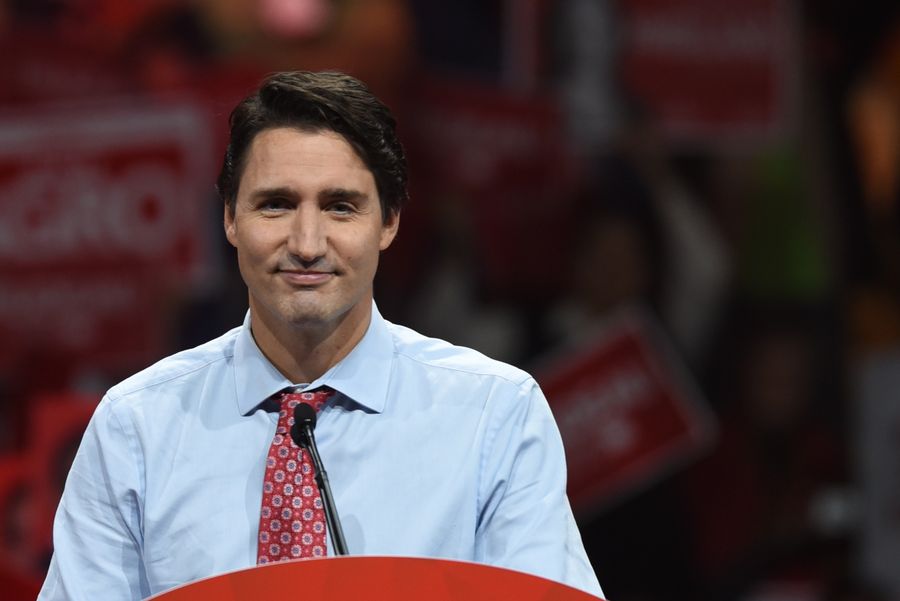There’s no doubt you haven’t missed the news about record-breaking home buying activity and price increases across Canada. The current market frenzy of homebuying is being driven by millennials, resulting from a combination of record-low interest rates and a strong desire to change our housing arrangements. Supply has fallen short of demand by a long shot, and the result is prices are very rapidly increasing while the affordability window is closing fast on aspiring homebuyers.
Parental assistance with living-inheritances is the No. 1 factor pushing up the prices in Canada’s largest urban markets. Given the crippling amount of student debt millennials have racked up, thus hindering their savings efforts, the gift of down payment from boomer parents enables them to enter markets that require a minimum of $50,000-200,000 down payment for a single-family home or townhouse.
An estimated 60% of millennial first-time homebuyers are getting some degree of help from the bank of mom and dad, either through some or all of the down payment, or in many cases as co-signers to help with increasingly more difficult income qualifications. Millennials need parental support now more than ever to compete and tender strong offers.
Boomers are having multifarious effects on the real estate market during the COVID-19 pandemic as they’re extremely confident that real estate will outperform other financial investments, and they want their adult children to enter the market before it’s too late. According to a Sotheby’s report, 60% of boomers are waiting for a “trigger” before they gift a living inheritance to the younger generation to assist with buying a home. The pandemic could certainly qualify as a trigger because it highlighted the need for adequate shelter that may be out of their heir’s price ranges.
Some trends in the next 10 years for intergenerational wealth transfers
Trends by region
There is a clear regional trend in early wealth transfers for the purpose of purchasing properties in the three biggest metropolitan centres—Toronto, Montreal, Vancouver. Thirty-five percent of Toronto boomers and 36% of Vancouver boomers have given or intend to give for real estate purchases, and that’s just based on surveys done in those cities. Wealth transfer trends by gender
By gender, women are inheriting a disproportionate amount of wealth due to the fact that they outlive their partners by an average of five years. While only 20% of land is owned by women worldwide, this is expected to even out significantly over the next 30 years. When women do control the purse strings, their habits as investors tend towards making safe bets, such as property. Seeing as they tend to be more risk-averse and communal, they will be supportive of helping their adult children with an investment asset like real estate instead of, say, investing in the stock market. In the U.S., approximately $30 trillion in wealth is set to change hands in the next decade and women are poised to inherit a sizable share, according to research by McKinsey & Company published in 2020.
Wealth transfer trends by ethnicity
Considering that property ownership is often the largest asset and portion of investments a given family would have, minorities that were excluded from the ability to accumulate wealth through land ownership due to systemic oppression and red-lining are at a disadvantage in the long term. According to a Princeton study in 2005, caucasian families are 4.3 times more likely to receive large money transfers, and four times more likely than minority families. Immigrant families that came to Canada as refugees have to start from scratch, so they are also unable to help their adult children to the same degree as third- and fourth-generation Canadian families are.
Wealth transfer trends by household income
Household income is another contributing factor if a living inheritance is given, and how much. We can see a continuation of the widening income inequality gap here as well. Boomers with annual household incomes over $100,000 are almost twice as likely to give a living inheritance for the purpose of buying real estate. Household income also affects how early beneficiaries receive their gifts. For those with household incomes over $100,000, 83% of recipients got their gifted down payment prior to the age of 35, compared to 70% of those with household incomes below $100,000. About 10% of beneficiaries received gifts between $100,000-200,000.
Some boomers are leaning on reverse mortgages to access their equity early
Approximately half of reverse mortgage takers are doing it specifically to assist their adult children with down payment. With a reverse mortgage, it offers a tax-free solution to transferring wealth, and there is an “income advantage” product through Home Equity Bank (CHIP) that offers no monthly payments. Many people who don’t know about reverse mortgages, or don’t qualify for more than 30-40% of their home equity, may go for a home equity line of credit, where they can get up to 65% of their home value as liquid cash, but they would have to make monthly payments on that.
Living inheritances just make sense
From a psychological standpoint, the pandemic has given boomers a visceral experience with their own mortality. They want to see their adult children benefit from their hard work so they can become more resilient now, when they need it the most. Instead of waiting for the inevitable to happen, the smartest strategy they can undertake is to start unwinding their estate early on so they can avoid some of the estate taxes the family would have to pay. It only makes sense.
2021-04-22 15:06:15
Source link













